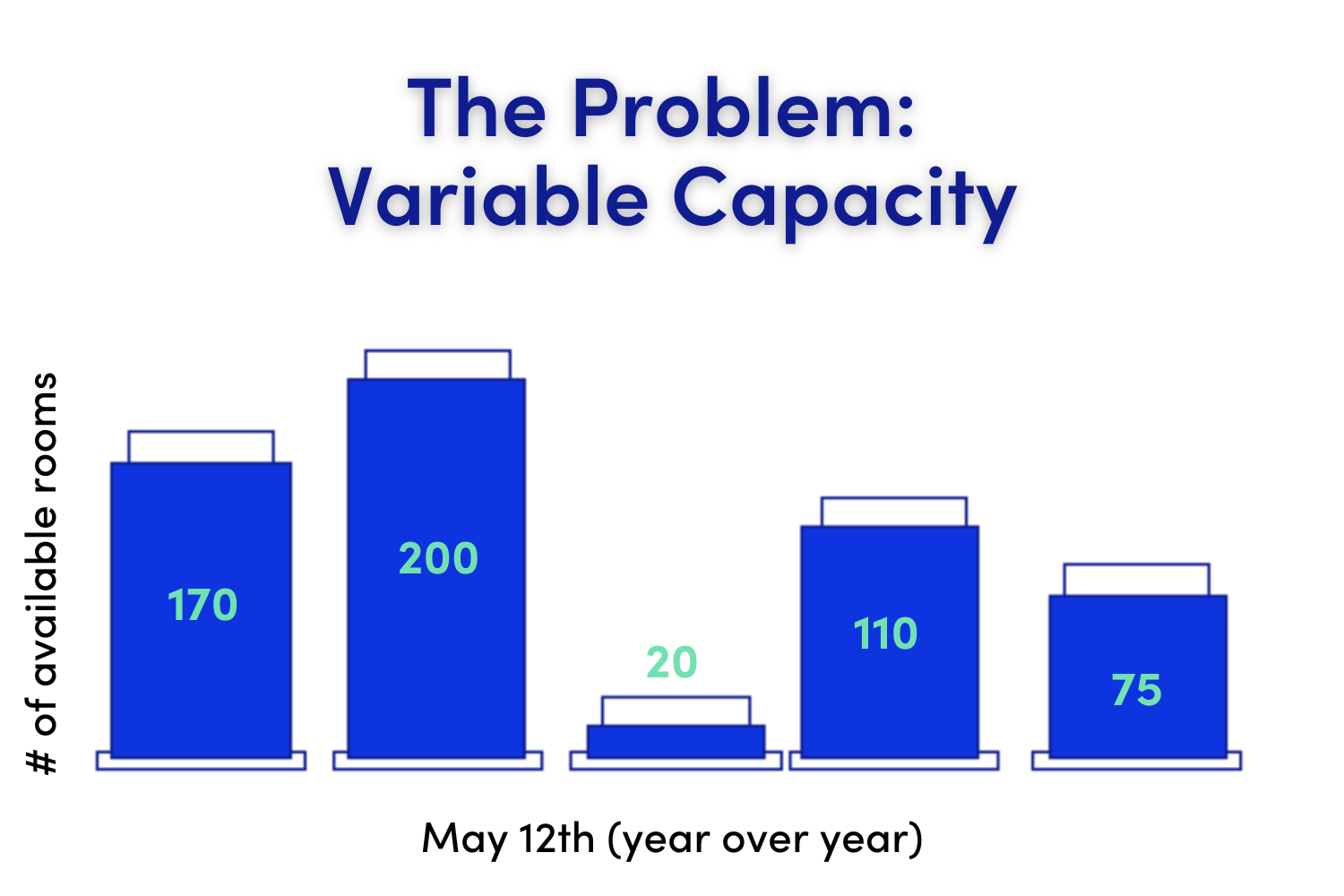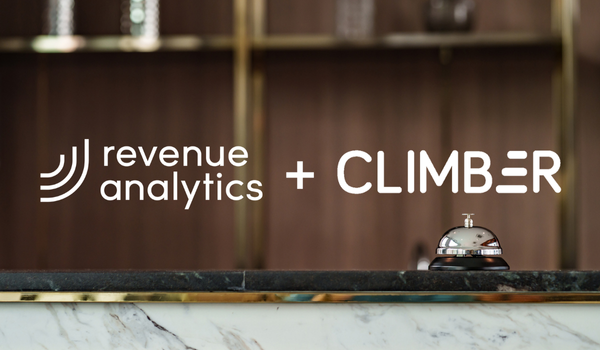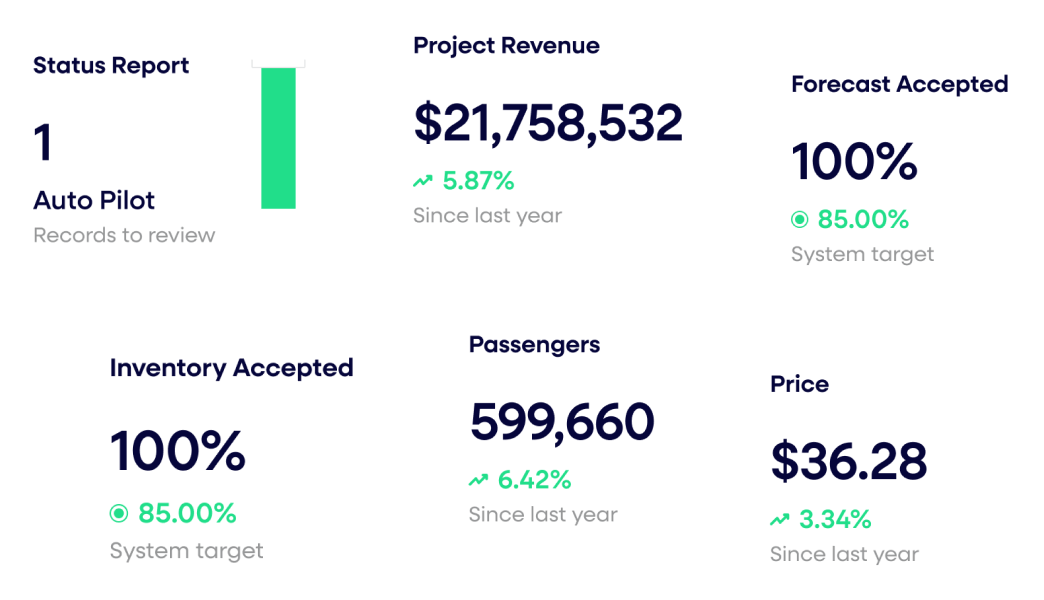Timeshare Revenue Revolution: A Fresh Approach to Forecasting

If you’re part of the timeshare market, you probably believe that revenue management systems (RMSs) – the kinds built to support traditional hotels and other property types and business models – won’t work for you.
And 2 years ago, you would have been right about that.
The timeshare market, while a popular offering for travelers, continues to be underserved by most technology providers. Virtually every RMS on the market isn’t equipped to support the unique needs of timeshare properties – with one notable exception. Read on as we break down the nuanced requirements of the timeshare market and the exciting solution N2Pricing™ RMS offers.
Understanding the Problem
Timeshare properties offer two options for travelers:
Leverage your content to achieve stronger revenue outcomes
- Invest in a timeshare unit and utilize that specific space for a predetermined amount of time each year. (Available to timeshare owners only)
- Rent any available unit during times when it’s not being utilized by the timeshare owners. (Available to all travelers, including non-owners)
It is the second option – where inventory is opened up to rental operations and can be booked similarly to a traditional hotel room – that we will focus on here.
Variable Capacity
Timeshare properties are managed by a central team that is responsible for renting out available units that aren’t being used by owners at any given time. While that available inventory can be booked by customers similarly to a traditional hotel room, for the rental team, it’s not as simple as forecasting, pricing, and selling that inventory like a traditional hotel room. Why? Variable capacity (or variable inventory).
Timeshare owners utilize their units unpredictably. Even if they’re a fixed week owner, there’s no guarantee they will actually use their space during that time. For flexible ownership, there’s seasonality in the demand pattern, but usage at any given point in time is less predictable. Additionally, given the variability of when timeshare owners book their unit, booking curves end up looking very different from those of travelers booking a traditional hotel room. All of these factors combined make it difficult to predict how many units will be available to rent to the general public at any given time.

Why the “typical approach” won’t work
Traditional RMS forecasts use last year’s demand as a predictor for this year’s demand. It is a critical piece of the algorithm that allows the RMS to price the available rooms – and is precisely why legacy RMSs do not work for timeshare properties. Due to the unpredictability of available inventory and the inconsistency in owner booking patterns, there is no year-over-year pattern that can be established to predict rental usage, rendering a traditional forecast virtually useless. Even the typical trends in seasonality that we see in hotels do not apply to timeshare properties.
What this means in practice is that the RMS is producing a forecast that is inherently flawed. And since we know that an accurate forecast is the most critical component of an effective RMS, these systems are simply unequipped to support timeshare properties. They will consistently produce price recommendations that do not reflect the reality of rental demand vs. available inventory and will lead to volatile pricing.
A solution tailored for timeshare
The unpredictable nature of timeshare inventory isn’t going to change. So, how do we make an RMS work for timeshare properties? The N2Pricing team uncovered a creative solution for the variable capacity problem that breaks traditional forecasting models.
Percentage-based forecasting
Instead of taking a “same as last year” approach to forecasting, N2Pricing uses a percentage-based approach. Essentially, it makes space for the variability in inventory by looking at what percent of the available inventory you sold last year, as opposed to the specific number of rooms that you sold last year, to produce a forecast.
Having the demand forecast rely on the percentage sold, rather than on a fixed number of rooms, allows the variability in demand to be reflected without breaking the forecast. The result? A highly accurate forecast that appropriately reflects the reality of available inventory and expected demand. From there, this specially crafted forecast flows into the rest of N2Pricing’s workflow, allowing revenue managers to make pricing decisions with confidence.
This sophisticated solution is a game-changer for timeshare properties. No more drastically over- or under-estimating demand or failing to capture the market’s willingness to pay!
Let us walk you through it
We’re proud to be the only RMS on the market that can effectively support timeshare properties. Our unique solution is already live at more than 200 properties and is exceeding the expected ROI!
We know that the timeshare market has been woefully underserved by legacy technology solutions. So, if this all sounds too good to be true – we get it. Our team would love to let you take a peek behind the curtain and walk you through the specifics of our timeshare solution, including our forecast that solves the variable capacity problem, and to get your feedback on it. If you still don’t think N2Pricing would work for your property, we’d love to learn from you and explore how we can make it even better.
Ready to see it for yourself? Connect with an expert on the N2Pricing team today.
PS: This is just the beginning of what we plan to build for timeshare properties. Keep an eye out for more timeshare-specific product developments, coming soon!
Last updated on August 20, 2025






